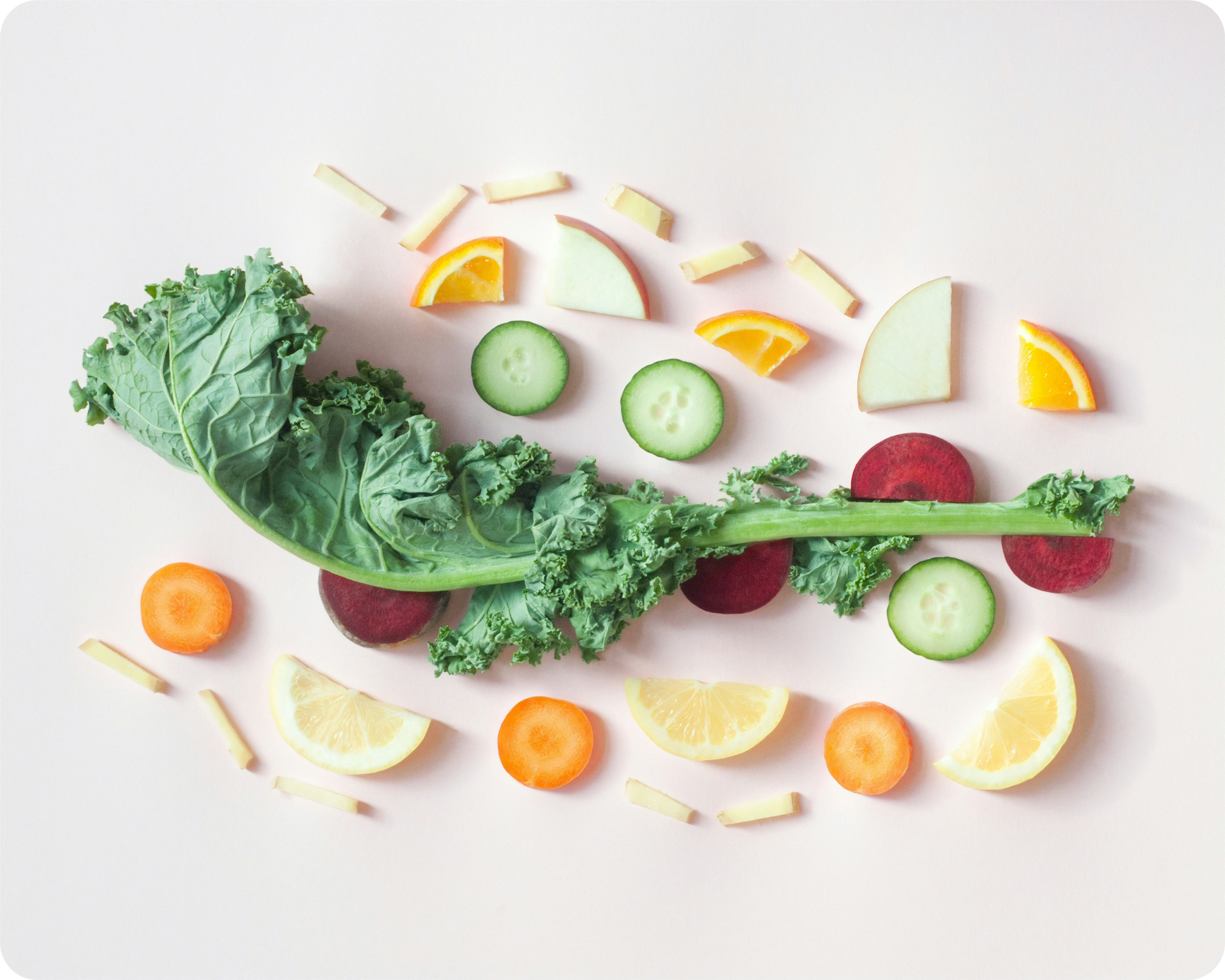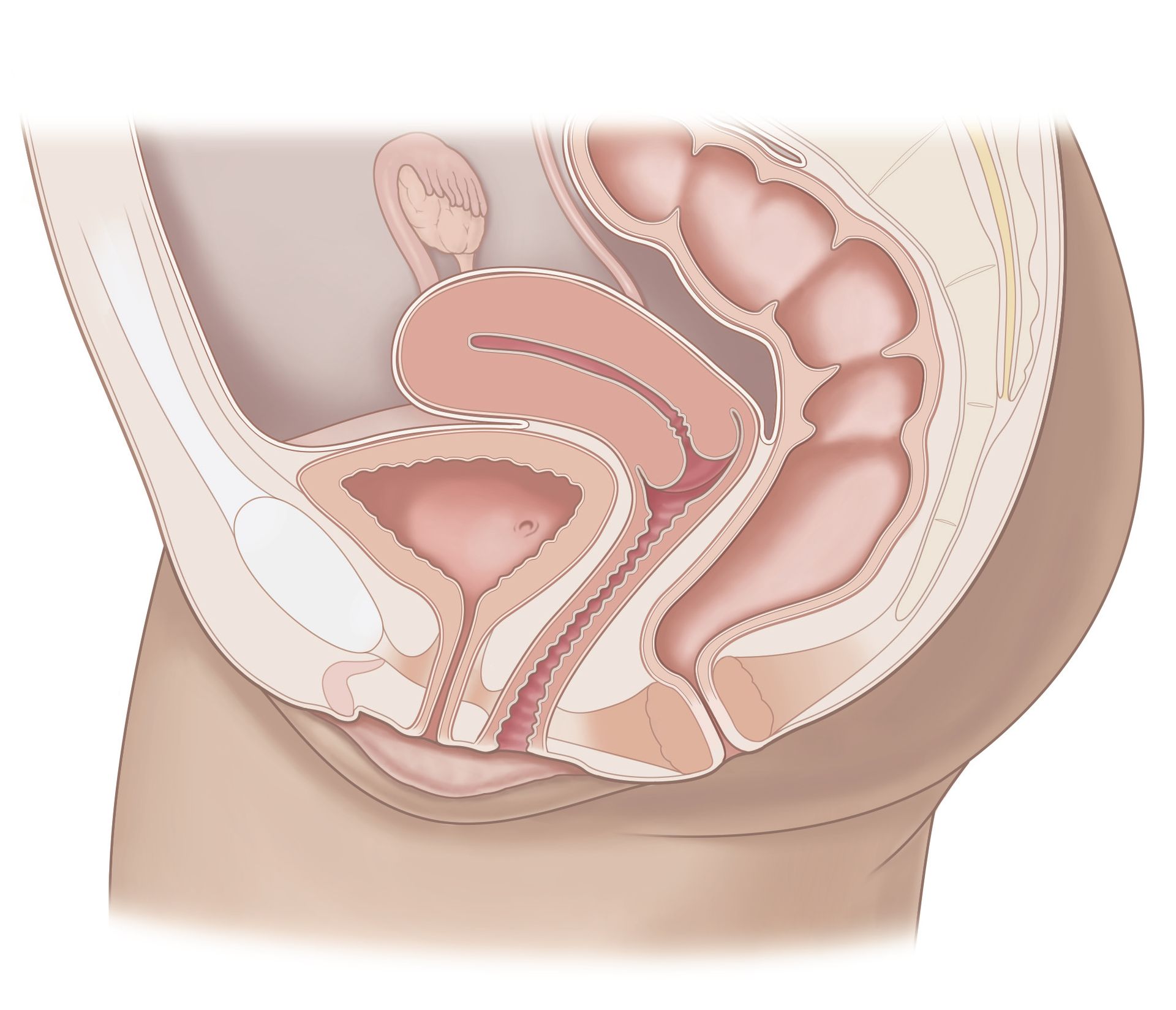
Understanding your menstrual cycle can empower you with knowledge about your body and reproductive health. Have you ever wondered why your energy levels fluctuate throughout the month? Or why you might crave certain foods during your period? In this article, we’ll break down the menstrual cycle into easy-to-follow steps, explaining what happens and why- along with some dietary tips to help you feel your best during each phase.
What is the Menstrual Cycle?
The menstrual cycle is a monthly process that prepares the female body for pregnancy. It typically lasts about 28 days, but it can vary from 21 to 35 days for different individuals. The cycle involves complex hormonal changes that regulate ovulation and the menstrual period.
Phases of the Menstrual Cycle
The menstrual cycle is divided into four main phases: the menstrual phase, the follicular phase, ovulation, and the luteal phase. Let’s explore each phase in detail along with food recommendations to support your body.
1. Menstrual Phase (Days 1-5)
- What Happens: The cycle begins on the first day of your period, which is marked by the shedding of the uterine lining (endometrium) when pregnancy does not occur.
- Hormones Involved: Estrogen and progesterone levels are low at this time.
- Physical Symptoms: You may experience cramping, bloating, and mood changes due to hormonal fluctuations.
Foods to eat:
- Iron-rich foods: Spinach, lentils, and lean meats to replenish iron lost during menstruation.
- Hydrating foods: Cucumbers and watermelon to help with bloating.
- Anti-inflammatory foods: Berries, nuts, and fatty fish can help alleviate cramps.
- Herbal Teas: Ginger or chamomile tea which will help to soothe cramps and promote relaxation.
2. Follicular Phase (Days 1-13)
- What Happens: This phase overlaps with the menstrual phase and continues until ovulation. The pituitary gland releases follicle-stimulating hormone (FSH), which stimulates the ovaries to mature several follicles, each containing an egg.
- Hormones Involved: As follicles mature, they produce estrogen, which helps rebuild the uterine lining in preparation for a potential pregnancy.
- Physical Symptoms: You may notice an increase in energy and a change in mood as estrogen levels rise.
Foods to Eat:
- Complex carbohydrates: Quinoa, oats, and sweet potatoes for sustained energy.
- Leafy greens: Kale and arugula to support hormone production.
- Protein: Eggs and legumes to fuel your body during this energetic phase.
- Healthy Fats: Avocado, olive oil, and nuts which helps to promote hormone production and maintain stable energy levels.
3. Ovulation (varies on length of your cycle)
- What Happens: Around the midpoint of your cycle, a surge in luteinizing hormone (LH) triggers ovulation, releasing a mature egg from the dominant follicle.
- Hormones Involved: The peak in estrogen leads to the LH surge.
- Physical Symptoms: Some women experience mild pain (mittelschmerz) on one side, increased libido, or changes in cervical mucus, which becomes clear and stretchy, resembling egg whites.
Foods to Eat:
- Zinc-rich foods: Pumpkin seeds, chickpeas, and nuts to support reproductive health.
- Fruits: Citrus fruits and berries provide antioxidants that promote overall well-being.
- Fermented Foods: Yogurt, kefir, sauerkraut which will help to promote gut health, which can influence hormonal balance.
4. Luteal Phase (Days 15-28)
- What Happens: After ovulation, the empty follicle transforms into the corpus luteum, which produces progesterone. This hormone further thickens the uterine lining, preparing it for a fertilized egg.
- Hormones Involved: Progesterone rises while estrogen remains elevated.
- Physical Symptoms: If fertilization does not happen, the corpus luteum breaks down, causing levels of progesterone and estrogen to drop. This drop causes PMS symptoms such as bloating, irritability, and breast tenderness. If fertilization occurs, hormone levels will remain elevated to support early pregnancy.
Foods to Eat:
- Magnesium-rich foods: Dark chocolate, almonds, and spinach to help reduce PMS symptoms.
- Fiber: Whole grains and vegetables to aid digestion and combat bloating.
- Hydration: Herbal teas and plenty of water to reduce water retention.
Some Additional Tips for Cycle Syncing
- Stay Hydrated: Drinking plenty of water throughout your cycle helps combat bloating and fatigue.
- Avoid Processed Foods: Minimize sugar and refined carbohydrates, especially during the luteal phase, as they can exacerbate mood swings and bloating.
- Mindful Eating: Pay attention to your body’s signals and cravings. Eating mindfully can help you connect with what your body needs during each phase.
By aligning your nutrition with your menstrual cycle, you can enhance your well-being and navigate each phase with greater ease. Remember, everyone’s body is unique, so feel free to adjust these recommendations to suit your individual needs.
It’s important to note that not every woman experiences a 28-day cycle, and factors such as stress, diet, and lifestyle can impact the regularity and symptoms of your cycle. Tracking your cycle can help you better understand your patterns and any changes over time.
When to Seek Help
While variations in your cycle can be normal, certain symptoms may indicate a need for medical attention. These include:
- Severe pain during your period (dysmenorrhea)
- Extremely heavy bleeding (menorrhagia)
- Irregular cycles (more than 35 days apart or less than 21 days apart)
- Significant mood changes
If you have concerns about your menstrual cycle or reproductive health, please don’t hesitate to contact our office. We’re here to help!



Don’t just get seen, get taken care of.
Questions? Call or book an Intro Call with a member of our team.
© 2024 All Rights Reserved
Almond
